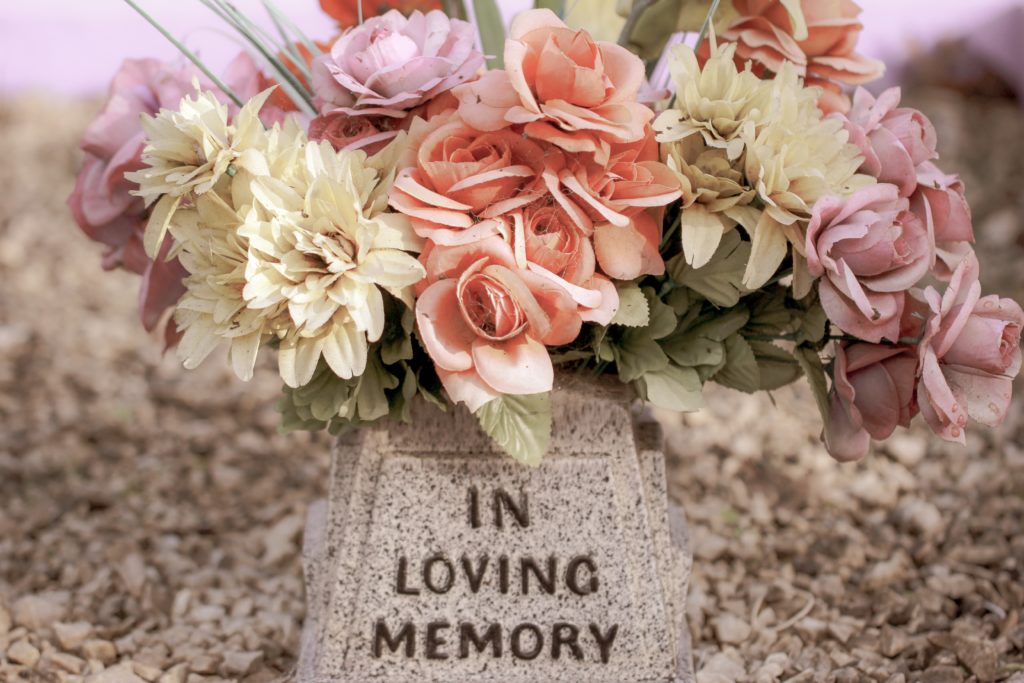If someone dies because of someone else’s carelessness or intentional actions, there are two different legal actions that can be taken: wrongful death claims and survival actions. Both of these legal ideas have to do with the death of a loved one, but they are used for different things and have different rules and processes. Through this piece, we will talk about the differences between wrongful death and survival actions, including what makes them different and when they can be used.
Claims for Wrongful Death:
An unjust death claim is a lawsuit brought on behalf of the family members of the person who died. The main goal of a wrongful death claim is to get money to cover the losses the family of the dead person suffered because they died too soon. Some important things to know about wrongful death claims:
Beneficiaries: Close family members of the person who died, like spouses, children, and parents, usually file wrongful death claims. This depends on the rules of the state.
Compensation: In wrongful death claims, the family may get money to cover things like hospital bills, funeral costs, lost future income, and the loss of companionship and support.
Liability: Claims for unjust death focus on the person or people who were careless or did something wrong that caused the person’s death. They don’t think about the pain and suffering the person went through before they died.
The time limit for making a wrongful death claim is different in each state. In most cases, you have between one and three years from the date of murder to do so.
How to Stay Alive:
Survival measures, on the other hand, are about the rights and claims that the person who died would have had if they had lived through the event. Here are some important parts of acts for survival:
Beneficiaries: While family members can bring a survival case, it is usually the estate of the person who has died that does so.
Compensation: Survival acts try to get money for harm done to the deceased person before they died. This could include the person’s pain and suffering, hospital bills, lost wages, and other losses they had because of the careless act.
In survival actions, the main focus is on the harm done to the dead person and the carelessness of the person or people directly responsible for those injuries.
Statute of Limitations: The time limit for survival cases varies by state, but it’s usually between one and three years. This is also true for wrongful death claims.
The Clear Objective:
The main difference between wrongful death cases and survival actions is what they are meant to do:
Unfair Death Claims are based on what the family of the dead person lost because of their death. They want to get money to help the survivors who have been hurt mentally and financially by the loss.
Survival actions are about the rights and claims of the person who died as if they had lived through the event. They want to make up for the harm and pain the person went through before they died.
In many situations, both wrongful death claims and survival actions can be brought at the same time to cover all the losses caused by the accident.
When someone else’s carelessness or wrongdoing causes the death of a loved one, it is important to know the difference between wrongful death claims and survival cases. Talking to lawyers is important because they can help you through the complicated legal steps and make sure that the estate’s and remaining family members’ rights and interests are protected and taken care of properly.



No comment yet, add your voice below!